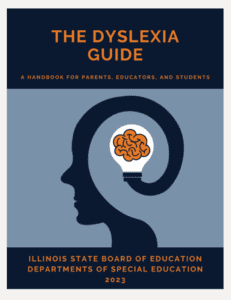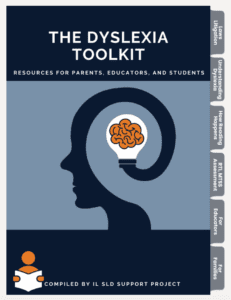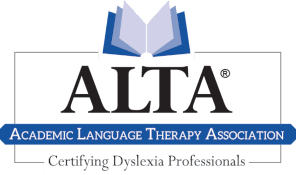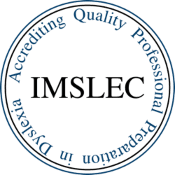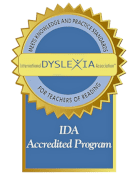Dyslexia as defined by IDA and NICHD:
“Dyslexia is a specific learning disability that is neurological in origin. It is characterized by difficulties with accurate and/or fluent word recognition and by poor spelling and decoding abilities. These difficulties typically result from a deficit in the phonological component of language that is often unexpected in relation to other cognitive abilities and the provision of effective classroom instruction. Secondary consequences may include problems in reading comprehension and reduced reading experience that can impede the growth of vocabulary and background knowledge.”
“DYSLEXIA: The differences are personal, the diagnosis is clinical, the treatment is educational, the understanding is scientific.”— Margaret Byrd Rawson
What I Wish Teachers Knew About Dyslexia
Individuals who experience difficulty with the following may be associated with dyslexia:
- Learning to speak
- Pronouncing words
- Learning letters and sounds
- Slow to add new vocabulary words
- Learning to rhyme
- Computing math problems correctly
- Memorizing math facts
- Learning to tell time
- Make consistent reading and spelling errors: letter reversals, word reversals, inversions, transpositions, and substitutions
- Unable to follow multi-step directions or routines
- Organizing spoken and written language
- Often uses an awkward pencil grip
- Poor fine motor coordination
- Learning a foreign language
- Comprehending the written word due to a slow reading rate
Dyslexia is Real: Common Facts
- Dyslexia is the most common learning disability.
- Scientists and researchers estimate that up to 20% of the population has dyslexia.
- Dyslexia affects boys and girls equally.
- The causes of dyslexia are neurological and genetic.
- People with dyslexia tend to have average to above-average intelligence.
- There is no cure for dyslexia. It is a lifelong condition.
- Dyslexia is not a vision problem.
Illinois State Board of Education – Dyslexia Guide & Toolkit
The purpose of the Dyslexia Handbook is to provide information and guidance for educational professionals, school leaders, families, guardians, and students themselves on the subject of dyslexia.
The Dyslexia Toolkit provides evidence-based assessment and curricular materials focused on learners with dyslexia, those with other specific learning disabilities, as well as students who struggle with reading. The toolkit includes websites, books, videos, podcasts, screeners, training opportunities, and additional reading materials, catering to diverse target audiences.
(SOURCE: SLDSupports.org)


